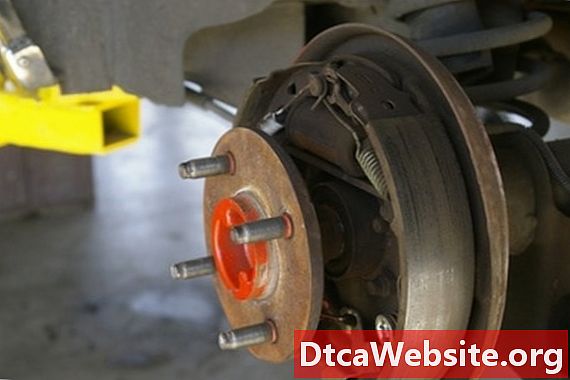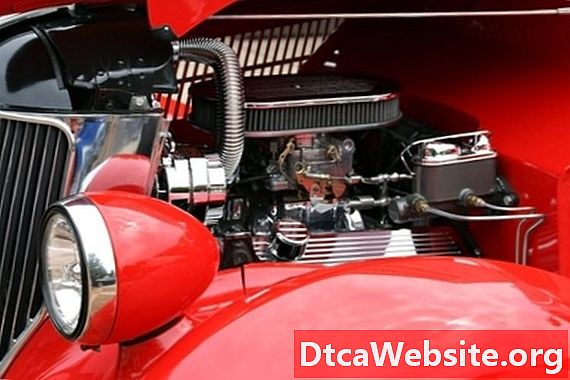
Contenu
What is a Carburetor?
The carburetor is the device in a cars engine where fuel and air are blended together, before the combustion of the same (air-fuel mixture) to provide the energy the car needs to move.
Causes of Fire
Many auto fires are often traced back to carburetor malfunction. These mainly occur through a process called back-firing, where the carburetor is feeding too lean or too rich an air-fuel mixture to the combustion cylinders or where the carburetor "timing is too advanced." This is to say that where the carburetor timing is such that there isnt enough time for complete combustion of fuel in the combustion chambers before the "next" mixture jets in, or where the carburetor is feeding the combustion chambers with too rich a mixture (one that has too much fuel for the air in it) or too lean a mixture (one that has too much air for the fuel in it) are all possible causes of carburetor backfiring. While such back-firing does not in itself cause a fire (it was actually considered "quite a normal occurrence" in early cars whose one characteristic was the popping sound back-firing produces), if the flame so produced by the back-firing caused by carburetor malfunction happens to find something it can burn on, then there is bound to be a real fire, potentially putting the whole car on fire soon---a chilling prospect when we take into consideration that most cars using a carburetor mechanism nowadays happen to be gasoline driven, and gasoline fires spread so fast.
Avoidance
To avoid carburetor-caused auto fires is to ensure that, even if a carburetor back-fire was to occur, resulting in a flame, there would be nothing inflammable for it to burn on. As mentioned, it is only when the fire produced by carburetor back-firing finds an inflammable material to burn on that real trouble occurs. To avoid this then, it is important to ensure there are no leaks in the fuel-supply system (and especially in the connection between the carburetor and the chambers); if the flame resulting from a carburetor back-fire happens to find such a leak, then the possibility of whole car burning up would be very real. Checking regularly on your carburetor adjustment (through the use of a gas analyzer for instance) is important to prevent the occurrence of the backfiring in the first place, because in spite of your best efforts, the flame resulting from carburetor back-firing could still somehow find something it can burn on, putting your whole car on fire in a very short time---which can be tragic if you happened to be traveling at too high a speed and before you have an opportunity to slow the car down enough for you to jump out. Needless to say, of course, is the fact that you need to keep a serviceable fire extinguisher in your car at all times.


